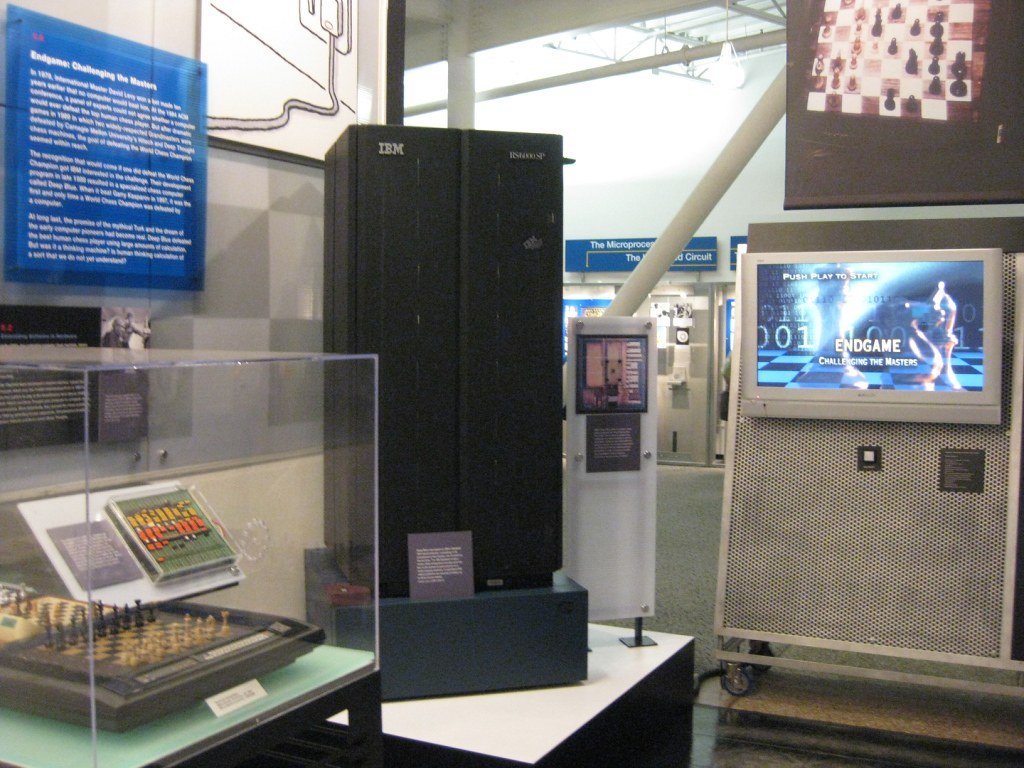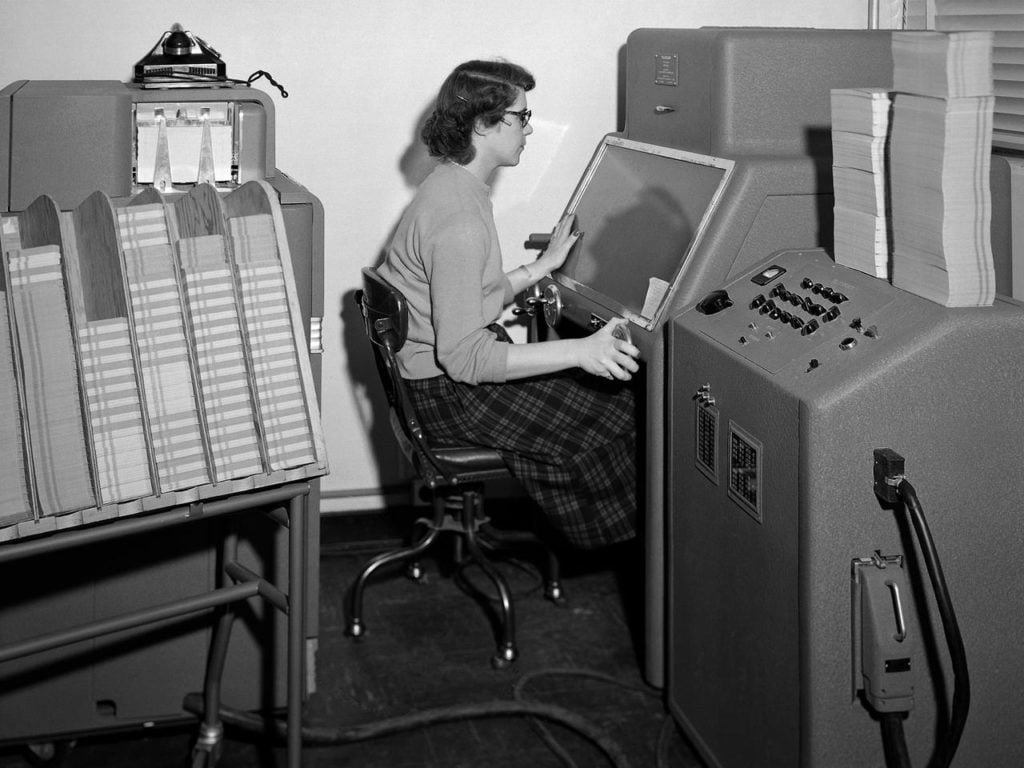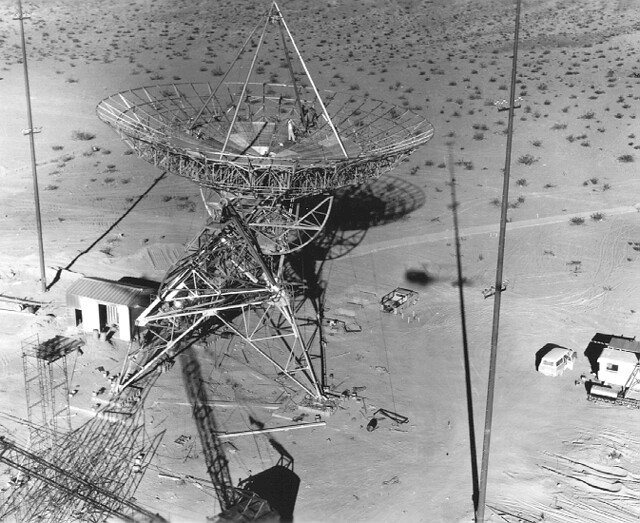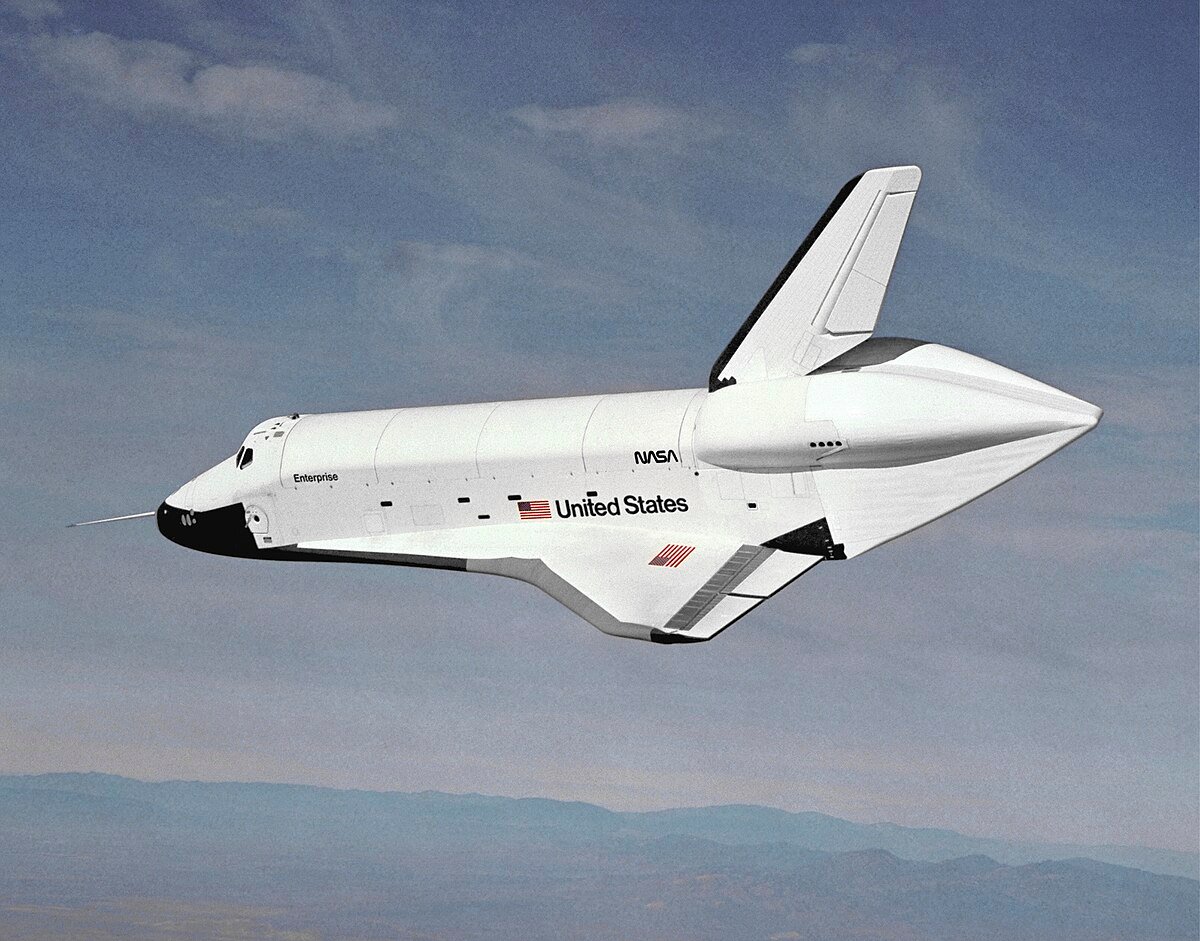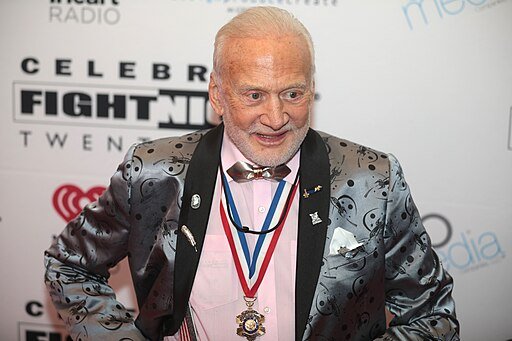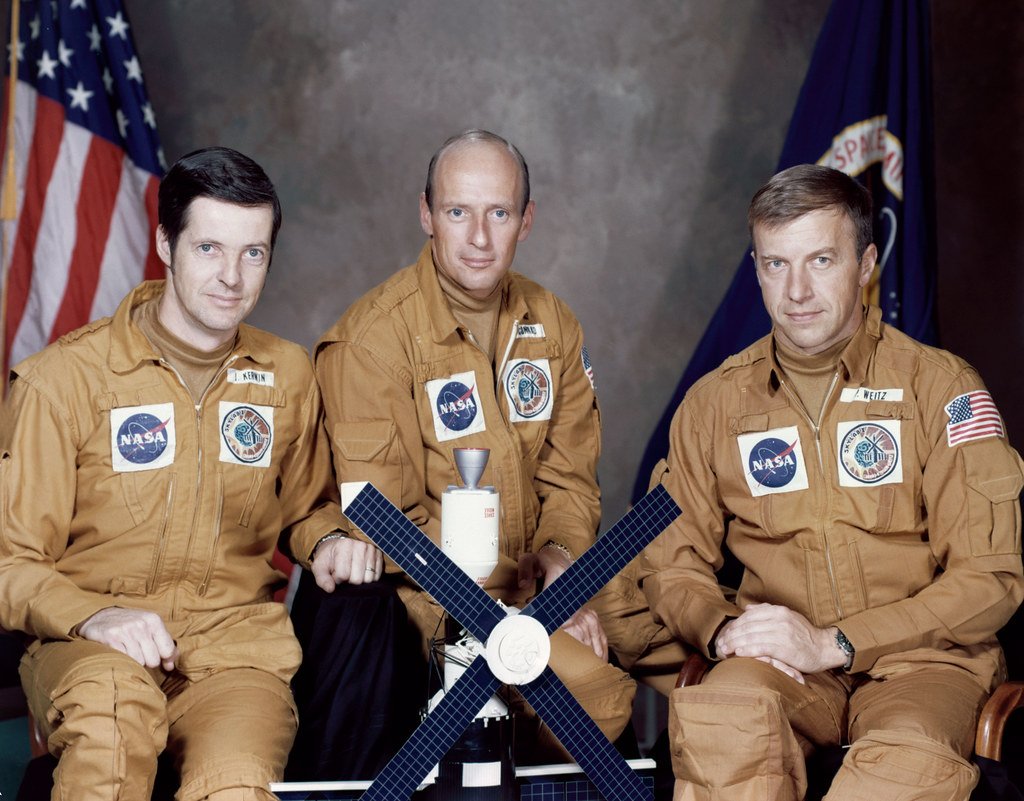Neil Armstrong’s name is etched in history as the man who took that monumental “One small step for [a] man, one giant leap for mankind” onto the lunar surface during NASA’s Apollo 11 mission. His journey from the modest town of Wapakoneta, Ohio, to becoming the first man on the moon exemplifies the pinnacle of human achievement in the realm of “Space Exploration.”
The Apollo 11 mission, which unfolded in the summer of 1969, was an audacious endeavor that captured the world’s imagination. It marked the climax of a decade-long effort by NASA to realize President John F. Kennedy’s vision of landing an American astronaut on the Moon and returning them safely to Earth. At the forefront of this historic mission was Neil Armstrong, who, along with fellow astronaut Buzz Aldrin, embarked on an epic voyage to the lunar surface. At the same time, Michael Collins orbited above in the Command Module.
This daring feat represented years of rigorous training, technological innovation, and sheer determination. Armstrong, an aeronautical engineer and Navy aviator, was chosen as the commander of Apollo 11 due to his exceptional skills and composure under pressure. On July 20, 1969, the world held its breath as the lunar module, “Eagle,” descended towards the Moon’s surface, guided by Armstrong’s expert piloting skills.
As Neil Armstrong descended the ladder of the Lunar Module, he left an indelible mark on human history. His “giant leap” signified a triumph for America’s space program and a momentous achievement for humanity. Join us as we delve into the extraordinary life and legacy of Neil Armstrong, the man on the moon, and celebrate his enduring contribution to the ever-expanding frontier of space exploration.
Table of Contents
Who filmed Neil Armstrong’s first step on the moon?
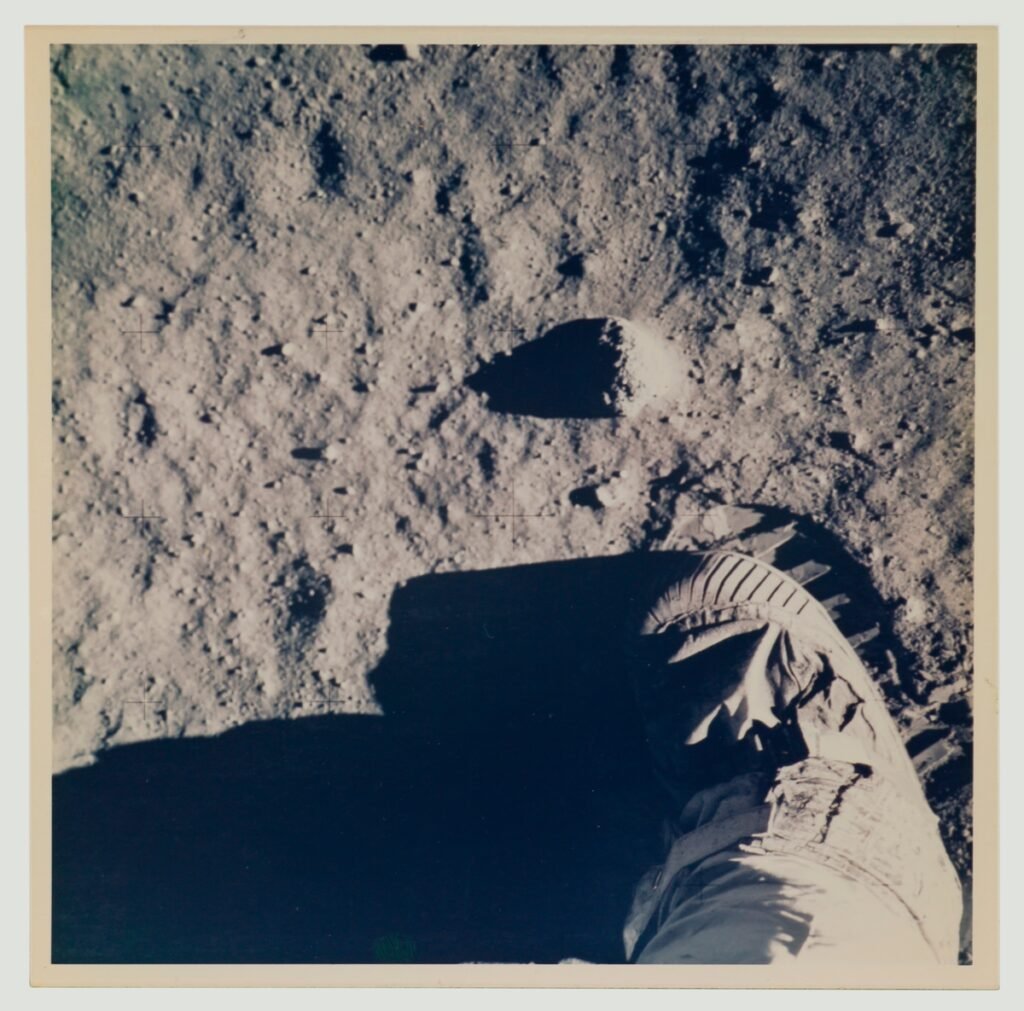
Neil Armstrong’s historic first step on the Moon during the Apollo 11 mission in 1969 was filmed by a specially designed camera mounted on the exterior of the lunar module, also known as the Lunar Module’s Modularized Equipment Stowage Assembly (MESA). Armstrong’s fellow astronaut, Buzz Aldrin, deployed this camera.
The camera was called the Westinghouse Lunar Color Camera, and it was designed to capture high-quality color footage of the Apollo 11 lunar activities. Once Armstrong descended from the lunar module’s ladder and set foot on the lunar surface, Aldrin activated the camera, ensuring that viewers on Earth could witness this iconic moment.
The footage from this camera provided a real-time broadcast of the Moon landing and Armstrong’s historic steps, allowing people around the world to witness the event as it unfolded. This footage has since become some of the most iconic and widely recognized images in space exploration, immortalizing Neil Armstrong’s “one small step for [a] man” on the Moon.
Is the flag still on the moon?
Yes, the American flag planted on the Moon during the Apollo 11 mission is still there, but its condition may have changed over the years. The flag was made of a unique material and was erected on a horizontal pole, which caused it to remain upright on the Moon’s surface. However, the harsh lunar environment poses several challenges to its preservation.
The Moon experiences extreme temperature variations, ranging from scorching heat during lunar daytime to frigid cold at night. These temperature fluctuations and the lack of an atmosphere to protect it from ultraviolet radiation and micrometeorite impacts have likely caused the flag to deteriorate. Over time, the flag’s colors may have faded, and its fabric may have degraded.
NASA’s Lunar Reconnaissance Orbiter (LRO) has captured images of the Apollo landing sites, including the flags. While the flags are too small to be seen in these images, their shadows on the lunar surface suggest they are still in place.
In summary, the American flag planted on the Moon during Apollo 11 is likely still there, but its condition may have changed significantly due to the harsh lunar environment.
Neil Armstrong: First Man on the Moon
Neil Armstrong is widely celebrated as the first man to set foot on the Moon. His historic achievement occurred during NASA’s Apollo 11 mission, a pivotal moment in human history. Here’s a detailed account of Neil Armstrong’s journey to becoming the first man on the Moon:
Early Life and Education
Neil Alden Armstrong, born on August 5, 1930, in Wapakoneta, Ohio, USA, is forever etched as the first human to set foot on the Moon. A lifelong passion for aviation and space exploration shaped his journey to this momentous achievement.
Armstrong’s fascination with the skies and the cosmos was evident from a young age. This curiosity propelled him towards a career in aeronautical engineering, where he would eventually make groundbreaking contributions. He recognized that the frontiers of space beckoned, and he was determined to play a role in humanity’s quest to reach them.
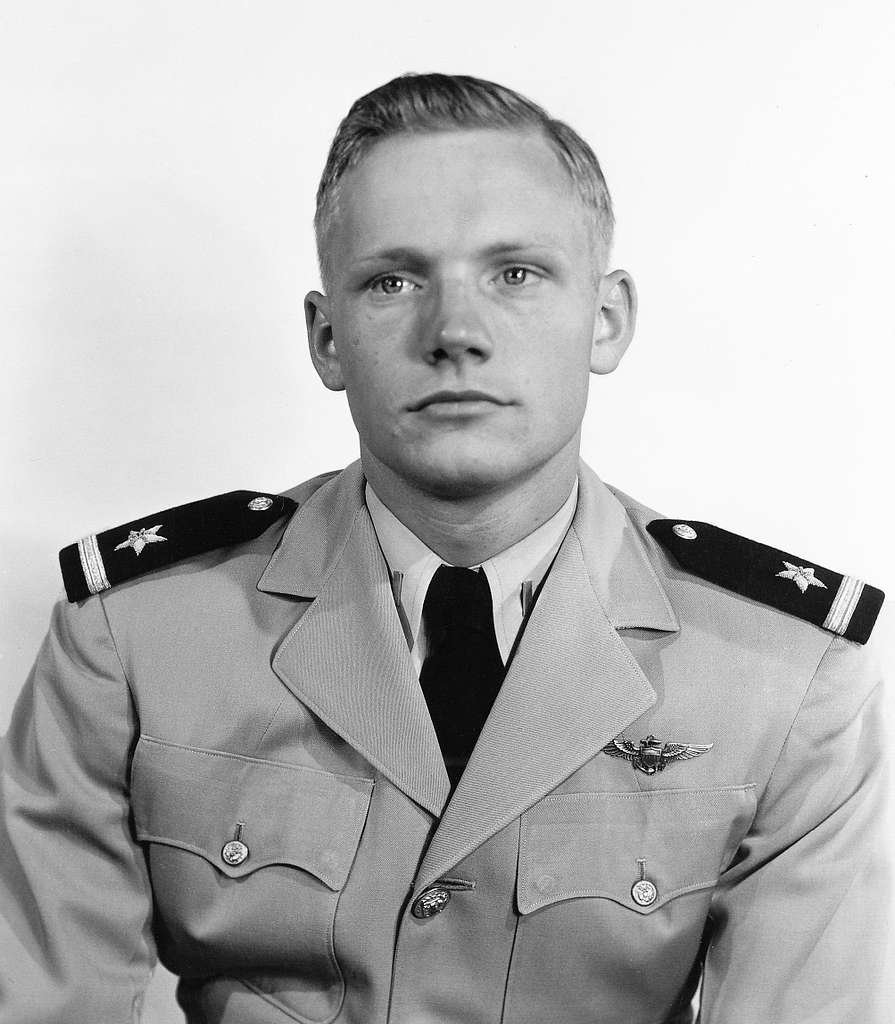
Armstrong’s pursuit of knowledge and adventure led him to Purdue University, where he enrolled with the support of a U.S. Navy scholarship. Here, he honed his skills and knowledge in aeronautical engineering, preparing himself for the challenges that lay ahead.
His commitment to serving his country and his thirst for adventure led him to become a naval aviator during the Korean War. Armstrong’s experiences as a pilot would prove invaluable in his later astronaut career, as the skills and courage required for combat aviation would prepare him for the rigorous demands of space travel.
These formative years, marked by a deep passion for aviation and a dedication to service, set the stage for Neil Armstrong’s historic journey to the Moon and his lasting legacy as a pioneer of space exploration.
NASA Career
In 1962, Neil Armstrong embarked on a remarkable journey when he joined NASA as part of the second group of astronauts selected for the Gemini and Apollo programs. Armstrong’s entry into NASA marked the beginning of an illustrious career that would forever change the course of space exploration.
His exceptional skills as a pilot and his unwavering composure under high-pressure situations quickly earned him a sterling reputation within the ranks of NASA. This reputation became evident during his maiden voyage into space as the command pilot of the Gemini VIII mission in 1966.
Gemini VIII was a pivotal mission that achieved a significant milestone for future lunar missions. Armstrong and his fellow astronaut David Scott successfully executed the first-ever docking of two spacecraft in orbit. This feat was a critical precursor to the Apollo program, demonstrating the crucial capability of rendezvous and docking essential for lunar landings and safe returns to Earth.
Armstrong’s performance on Gemini VIII solidified his role as a trailblazer and a crucial figure in the Apollo program, ultimately leading him to become the first human to set foot on the Moon during the historic Apollo 11 mission in 1969. His journey from Gemini VIII to Apollo 11 underscored his immense contribution to exploring space and solidified his place in history as an icon of human achievement.
Apollo 11 Mission
The Apollo 11 mission, a historic moment in human space exploration, commenced on July 16, 1969, when a Saturn V rocket thundered to life at Kennedy Space Center in Florida. This monumental launch began a journey that would forever change the course of history.
Neil Armstrong, a veteran astronaut known for his exceptional piloting skills, was chosen to lead this historic mission as the mission commander. Alongside him were two other remarkable astronauts: Edwin “Buzz” Aldrin, who would join Armstrong on the lunar surface, and Michael Collins, who piloted the Command Module, orbiting the Moon while Armstrong and Aldrin descended to its surface.
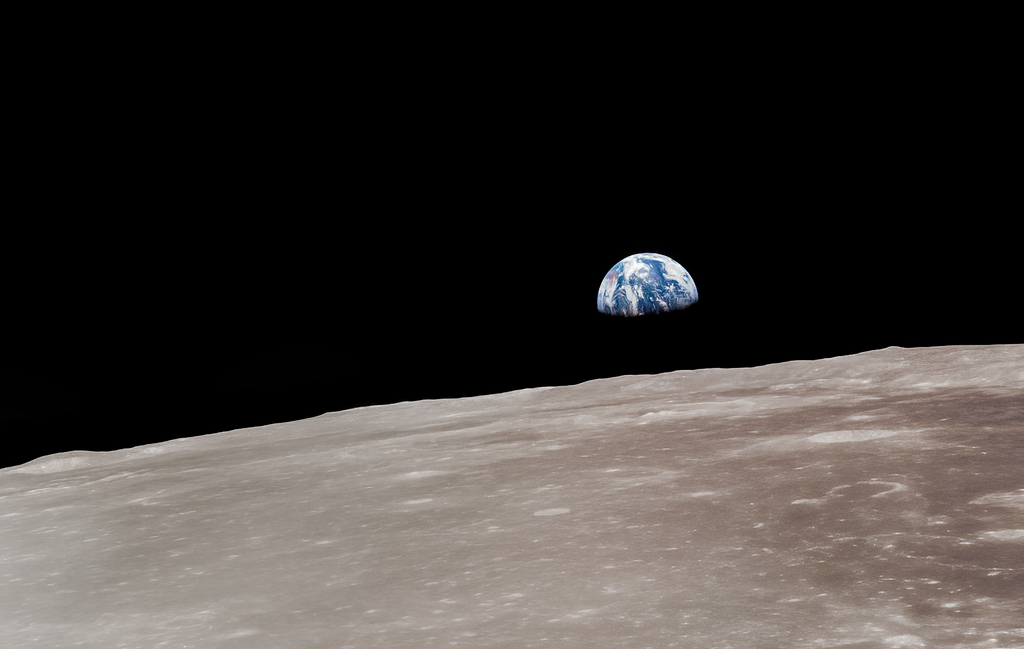
The crew’s responsibilities were distributed meticulously. Armstrong and Aldrin would navigate the Lunar Module, named “Eagle,” to the Moon’s surface, while Collins would remain in the Command Module, “Columbia,” orbiting the Moon, ensuring their safe return.
This triumvirate of astronauts represented the pinnacle of NASA’s astronaut corps, and their journey to the Moon would captivate the entire world. Their historic mission paved the way for further lunar exploration and remains an enduring testament to human determination and the boundless possibilities of space exploration.
Lunar Landing
On July 20, 1969, the Apollo 11 mission reached a pivotal moment when the Lunar Module, aptly named “Eagle,” separated from the Command Module, piloted by Michael Collins and embarked on its historic descent to the Moon’s surface. This marked a crucial mission phase as Neil Armstrong and Buzz Aldrin pursued their ultimate goal.
However, as they approached the lunar surface, they faced unforeseen challenges. The designated landing site was riddled with boulders and rough terrain, making it unsuitable for a safe landing. In a remarkable display of piloting skill and composure under pressure, Armstrong assumed manual control of the Lunar Module. With limited fuel and precious seconds ticking away, he carefully maneuvered the spacecraft to find a more suitable landing spot.
Finally, at 02:56 UTC on July 21, 1969, the world held its collective breath as Neil Armstrong descended the ladder of the Lunar Module and set foot on the Moon. His iconic words, “That’s one small step for [a] man, one giant leap for mankind,” were beamed to millions worldwide, marking a memorable moment in human history and symbolizing the monumental achievement of reaching another celestial body for the first time. Armstrong’s courage, skill, and determination had brought humanity to the threshold of the cosmos.
Scientific Accomplishments
During their historic two-and-a-half-hour sojourn on the lunar surface, Neil Armstrong and Buzz Aldrin embarked on carefully planned scientific experiments and data-gathering activities that significantly enriched our understanding of the Moon and its history.
One of their primary objectives was to collect lunar samples, which included rock and soil specimens. These samples were meticulously cataloged and brought back to Earth for analysis. They provided invaluable insights into the Moon’s composition, geological history, and connection to Earth’s early history.
Additionally, the astronauts installed scientific instruments on the Moon’s surface. These instruments measured various factors, such as seismic activity and the solar wind’s composition. Data collected from these instruments helped scientists unravel the mysteries of the Moon’s internal structure and its interactions with the space environment.
Planting the American flag, besides being a symbol of national pride, also had a scientific purpose. It allowed scientists to study the flag’s interaction with the lunar environment, including the effects of solar radiation and micrometeorite impacts on materials left on the Moon’s surface.
The countless photographs taken during their mission served as a visual record of this historic event and aided in mapping and studying the Moon’s topography, geological formations, and surface conditions.
In sum, the activities undertaken by Armstrong and Aldrin during their brief time on the lunar surface were not only a testament to human achievement but also a treasure trove of scientific data that continues to inform our understanding of the Moon’s history and its place in the broader context of our solar system.
Return to Earth
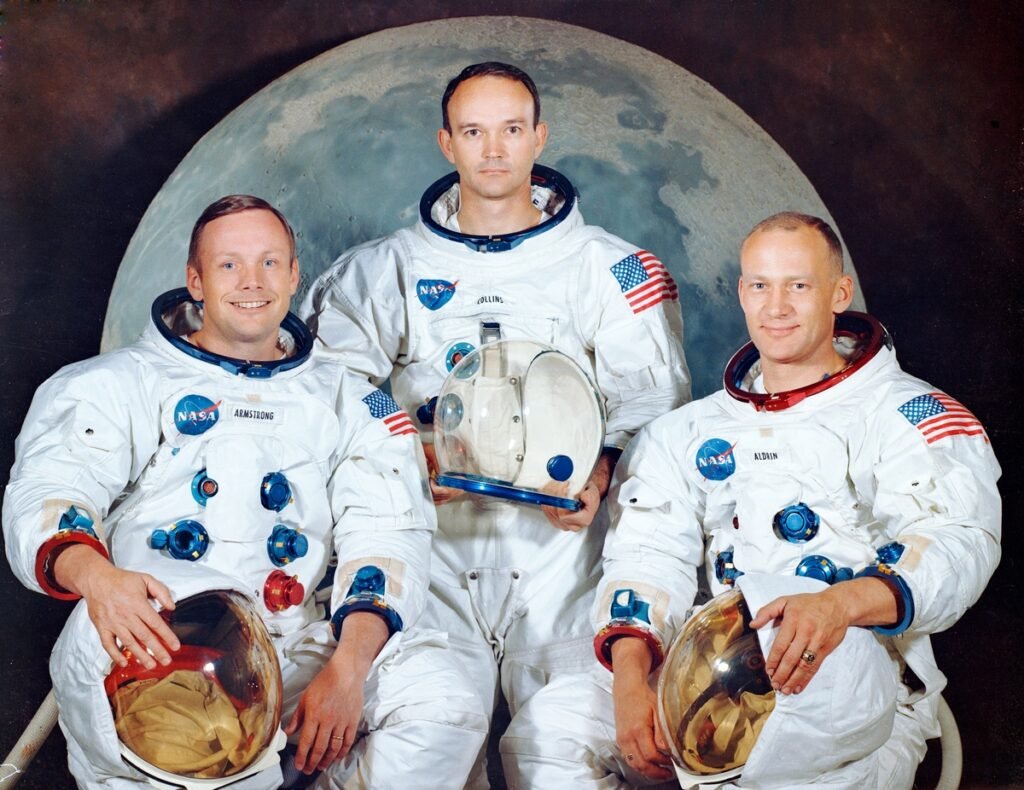
After Neil Armstrong and Buzz Aldrin’s historic lunar landing on July 20, 1969, they rejoined their fellow astronaut, Michael Collins, in the Command Module Columbia, orbiting the Moon. This reunion in lunar orbit was a critical moment in the Apollo 11 mission, as the three astronauts needed to reconnect to return to Earth.
On July 21, the Lunar Module, Eagle, lifted off from the lunar surface, leaving behind the lower stage of the spacecraft. It then performed a rendezvous and docked with the Command Module. The transfer of the astronauts from the Lunar Module to the Command Module was a delicate and precise maneuver, which, when completed successfully, ensured their safe return.
With the crew back together in the Command Module, Apollo 11 began its journey home. On July 24, 1969, the Command Module re-entered Earth’s atmosphere and safely splashed in the Pacific Ocean. This triumphant return marked the successful completion of the Apollo 11 mission. This historic achievement fulfilled President John F. Kennedy’s vision and forever etched Neil Armstrong, Buzz Aldrin, and Michael Collins into the annals of space exploration history.
Legacy
Neil Armstrong’s historic feat as the first man on the Moon catapulted him into the global spotlight and solidified his status as an international hero. Alongside fellow astronauts Buzz Aldrin and Michael Collins, they were not only pioneers of space exploration but symbols of the triumph of human potential. Their return to Earth on Apollo 11 was met with a hero’s welcome as millions celebrated their remarkable achievement.
After leaving NASA in 1971, Armstrong remained committed to advancing the cause of space exploration. He took a role in academia, teaching aerospace engineering at the University of Cincinnati. He inspired and educated a new generation of aspiring astronauts and engineers in this capacity.
One of Armstrong’s most significant contributions post-NASA was his service on the Rogers Commission, a panel investigating the tragic Challenger Space Shuttle disaster in 1986. His experience and expertise were invaluable in uncovering the accident’s causes and improving future space missions’ safety.
Neil Armstrong’s legacy extends far beyond his iconic lunar landing, as he dedicated himself to the pursuit of knowledge and safety in space exploration. His multifaceted contributions have left an indelible mark on the field and continue to inspire those who follow in his footsteps.
Neil Armstrong passed away on August 25, 2012. Still, his legacy as a pioneer of space exploration and his role in one of the most iconic moments in human history continues to inspire generations of scientists, engineers, and dreamers. His “small step” on the Moon marked a giant leap for humankind, and his name will forever be associated with the Apollo 11 mission and space exploration.
